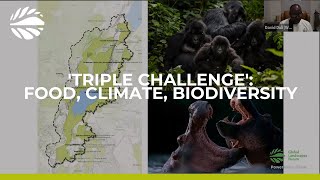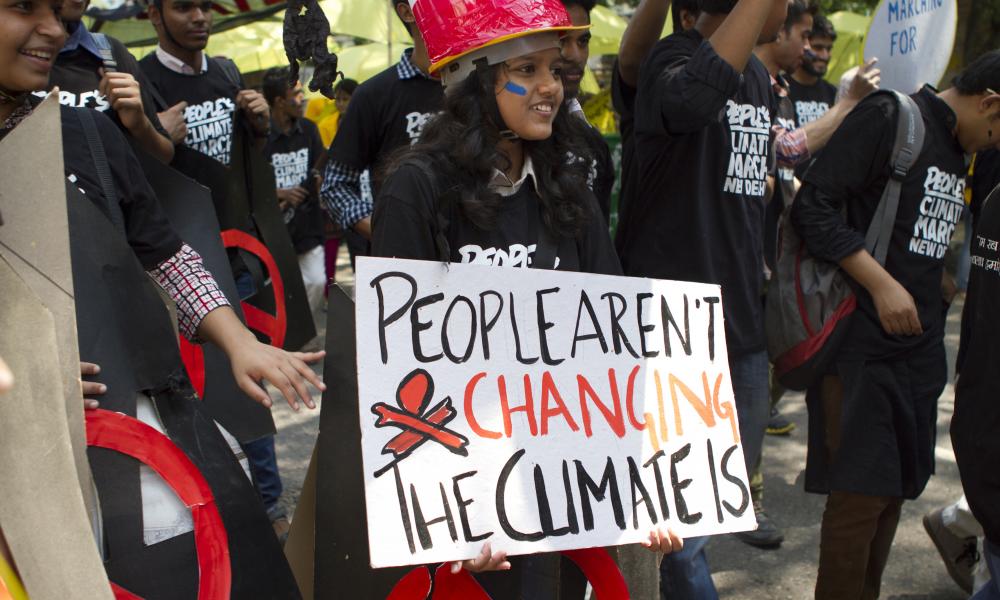On the 28th and 29th of October 2020 I joined online with thousands of others from all around the world to watch ‘The Global Landscapes Forum (GLF)’. The GLF are the world’s largest knowledge-led platform on sustainable land use, dedicated to achieving the sustainable development goals and Paris climate agreement. I was truly amazed at the volume and variety of people that tuned in all with different ideologies and cultural backgrounds but with common goals. The GLF have connected 4,900 organisations and 190,000 participants at gatherings worldwide. I tuned into multiple sessions both days, I listened to a woman from Latin America sing a beautiful song about salmon coming back to her local waters because of biodiversity preservation, I was blessed by an Alaskan man who too sang a song blessing all the participants and I also listened to many discussion panels on what we want in the future of; Food security, livelihoods, health renewable materials, energy, biodiversity, business development, trade, climate regulation and water.
One session I found particularly interesting was ‘The food, climate and biodiversity ‘triple challenge’ and one health in the greater Virunga landscape’. As a MSc Agri biosciences student climate change, food security and biodiversity preservation are subjects I am all too familiar with. However, in most cases I am learning about these issues from an Irish perspective and what intrigued me about this session was that I got to hear about these issues from across the globe in the Greater Virunga landscape.
The Greater Virunga Landscape includes Virunga National Park in the Democratic Republic of Congo (DRC) and ten contiguous protected areas in Uganda and Rwanda. From the beginning of the webinar they approached ‘the triple challenge’ idea where achieving one challenge means we need to achieve all of them. The challenges being 1. Food & diet- Human health, 2. Biodiversity loss- animal health and 3. Climate change- ecosystem health. The triple challenge aims to achieve over the next 30 years to meet the dietary and needs of a growing population, while staying on track to keeping global warming below 1.5˚C and reversing biodiversity.

One of the guest speakers made a serious statement that grabbed my attention, saying that we are at the start of the 6th mass extinction in our planet’s history. I found this scary, but it also made me angry, later finding out that the richest 10% of the world’s population were responsible for 52% of the cumulative carbon emissions in the period of 1990-2005. She also stated that one million species are threatened with extinction globally.
The triple challenge has three goals, 1. Keep global temperature rise this century well below 2˚C and to pursue efforts to limit it to 1.5˚C, 2. By 2030, end hunger and ensure access by all people to safe, nutritious and sufficient food all year round, and 3. By 2050, biodiversity is valued, conserved, restored and widely used. The GLV is a number of connected protected areas in a region that contains more terrestrial vertebrate species and more endemic vertebrate species than any other sire in mainland Africa. The GLV has a large growing human population with some of the worlds highest densities of rural populations characterised by high poverty levels. The GLV’s forested and mountainous nature makes it a transboundary water tower for the entire region, providing millions of people with fresh water for drinking and farming as well as being the highest and most permanent source of the River Nile.
The GLV faces many challenges which impact the species, habitats, connectivity, and the people. Some of these threats include pressure from additional agriculture land and freshwater resources to accommodate the growing rural population, impact of armed conflict in eastern DRC, unsustainable poaching, and illegal trade. Some of the panellists discussed another major challenge in the GLV area which has already caused lasting effects, climate change has caused changes in species movement, increasing rainfall and an increase in temperature and fire frequency. Threats of diseases dangers the health of both wildlife and humans where zoonotic spill-over events of emerging infectious diseases are common, Ebola caused high mortality in this landscape and of course the recent Pandemic of Covid19 has had lasting effects.
Government agencies and NGO’s have achieved some successes, including the widely celebrated increase in mountain gorilla numbers. The World Wildlife Fund (WWF) is working to establish a coalition of interdisciplinary NGOs working in the GVL. The idea is that this coalition will come together to develop a people centred GVL strategy for the conservation and sustainable development that will strengthen the progress already made.
Globally the way we currently produce and consume food is resource intensive and is associated with significant negative impacts on public health. While over a third of adults worldwide are overweight or obese, 1 in 9 are undernourished and a third of the food we produce is lost or wasted. It was clear to me there is a huge interest in reaching the goals set out by the triple challenge, the people on the panel were so happy to hear questions from people around the world who like me had never even heard of the GVL. Genuine commitment is critical to addressing the triple challenge while integrating the One health approach and it is events like the Global Landscape Forum that is great for raising awareness of such issues.
